In nineteenth century North America, especially on the upper East Coast and the American South, harmony singing of religious songs was very popular. Many of those songs related to the Nativity story. Today’s song-of-the-day is actually three versions of the same song. It is one of the most popular from that era, known variously as Brightest & Best, Star of the East, Hail the Blest Morn, and several other names.
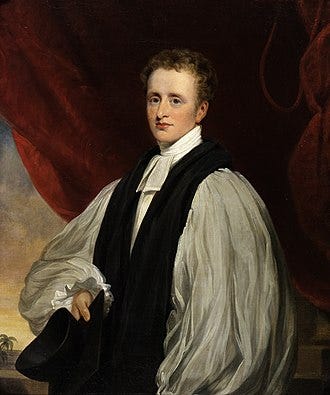
The chorus and the lyrics of verses 2-4 of the song are a poem written by Reginald Heber (1783-1826.) Heber had first gained fame as a poet while he was still a student at the University of Oxford. The poem was first published in 1811 when he was a parish vicar in Shropshire. He later became the bishop of Calcutta, where he died at the age of 42.
Heber’s poem begins with what became the song’s chorus: “Brightest and best are the sons of the morning…”. Somewhere along the line the song acquired an anonymously-written first verse.
The first known setting of the poem to the traditional minor-key tune Fiducia was in a shape-note hymn book published in 1832. Many variations soon appeared both in other songbooks and in oral transmission throughout North America. I suspect that if I did a bit more research I could find that the song also traveled to Britain and found its way into West Gallery singing.
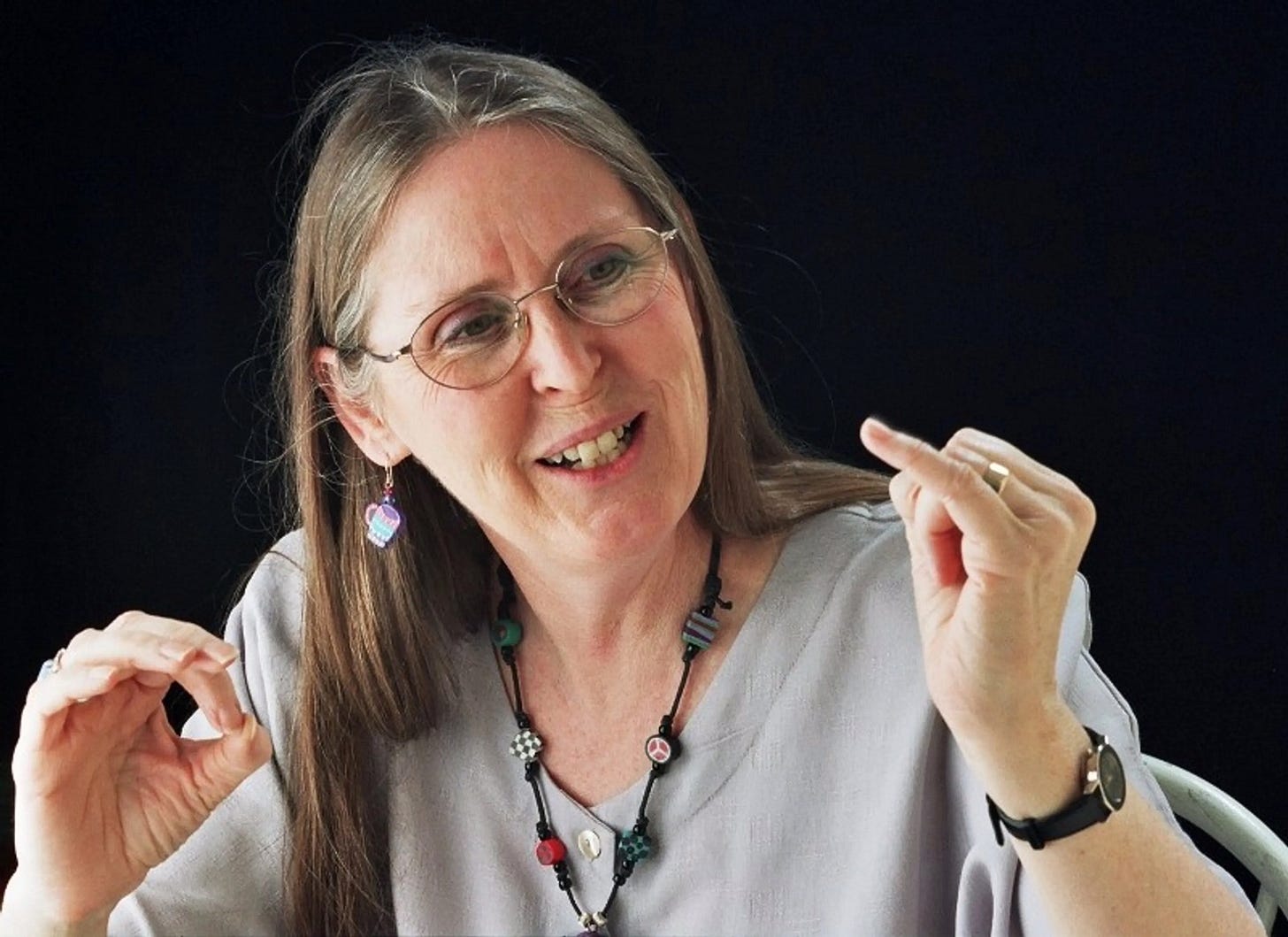
The first version here is from Kathy Reid-Naiman’s 2009 album Sing the Cold Winter Away that I borrowed from the children’s section of the Victoria Public Library. I don’t have the liner notes for that album but this version seems to be either the variant that the legendary Jean Ritchie learned from “Granny Katty” or the slightly different one that song-catcher (folk song collector) Lynn Rohrbaugh recorded in teh 1940s from Rachel Ritchie. Either way, the melody and harmonization are probably derived from that used by one of the many traveling music teachers that brought harmony singing “tent meetings” to the isolated valleys of rural Kentucky. I am sure that scholarly ethnomusicological research has been done about the Ritchie family’s variations of this song if I bothered to look for it.
The second version is a real rarity, and is Canadian. The arrangement comes from a hand-written tune-book from the pen of John Jacob Rafuse, whose brother Nicolas gave singing schools in the 1860s Nova Scotia. It comes from an out-of-print (and hard-to-find) 1996 CD called The Better Land that was recorded by the short-lived Elastic Millennium Choir of Halifax. (Sorry, I can’t find a photo of them.) The liner notes for that album say that one of the Rafuses may have originally gotten the piece from D.H. Mansfield of Boston’s 1848 tunebook The American Vocalist, but if so, changed it considerably before writing it down in the manuscript.
The harmonization of the third version is a real classic of the shape-note singing repertoire – an arrangement from William (Singin’ Billy) Walker’s very influential The Southern Harmony tunebook. The Southern Harmony was published in several editions, that he sold in conjunction with his very popular travelling tent-meeting music schools. It is the root source for many of the songs in the two different versions (it’s a long story) of the Sacred Harp songbook that are both still being published, and which are the core of the modern shape-note revival movement, that is also called Sacred Harp singing.
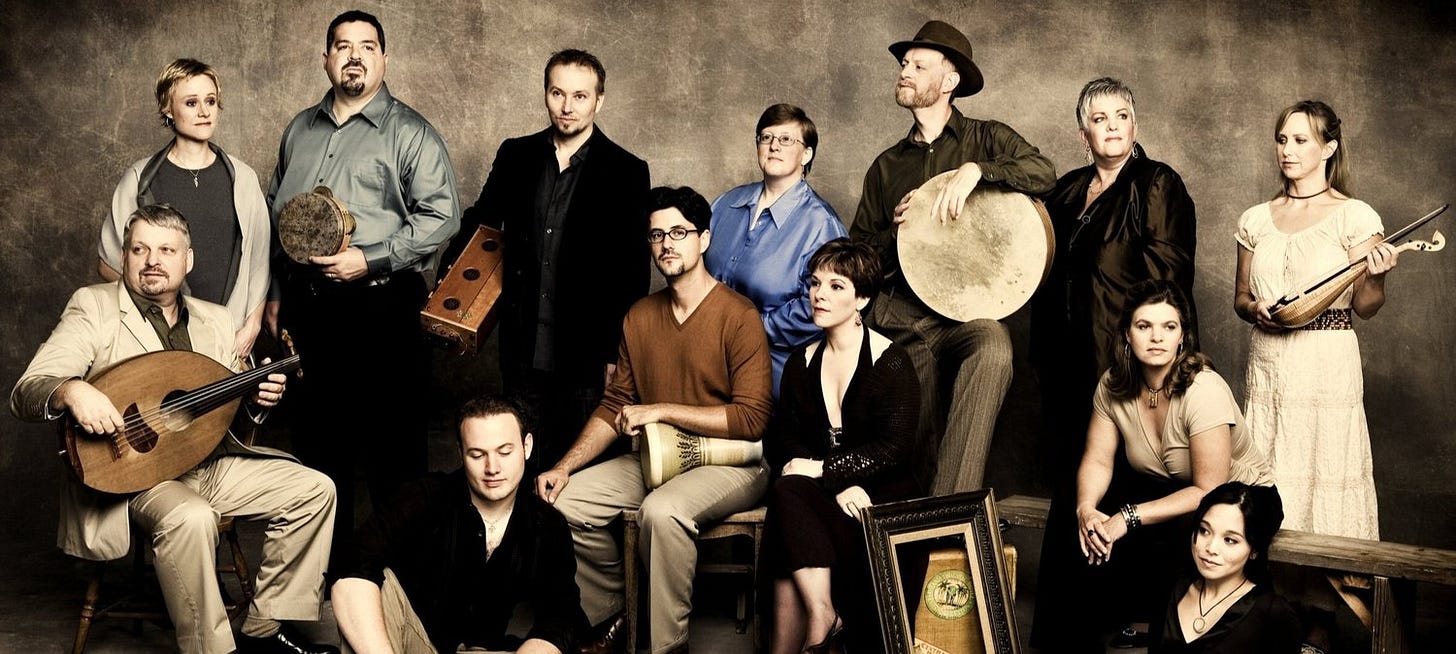
This layered presentation of the harmonies is by the Minneapolis-based Rose Ensemble, from their 2008 album And Glory Shone Around, is not sung in the authentic shape-note style. In traditional shape-note harmony singing the actual melody is on the treble line (tenor) and all four parts are are sufficiently musical that they are more like counter-melodies.
At a shape-note gathering, as in the old-time tent meetings, the four parts sit in a square facing each other and the song is belted out full voice by all participants in a very four-square rhythm, led by whichever participant happened to choose the song first from the songbook. Some singers, whatever their vocal range, will occasional move about to sit with other parts in the square just to get variety in the melody that they sing.




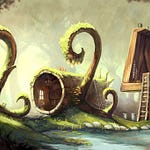


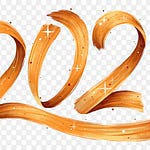

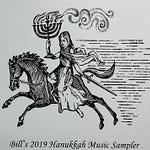
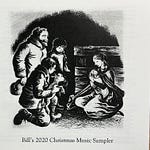

Share this post